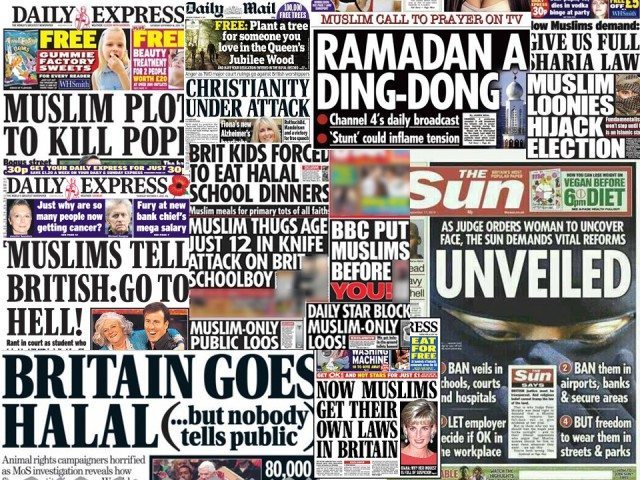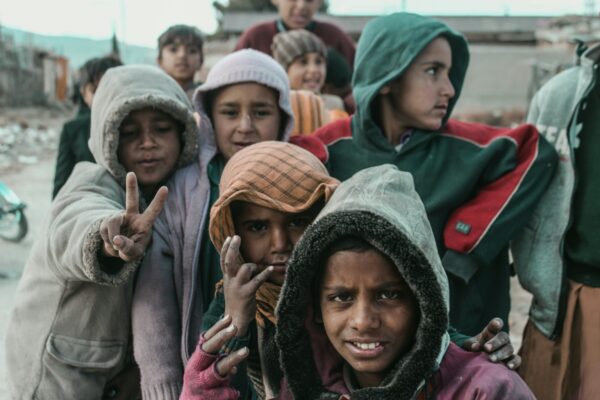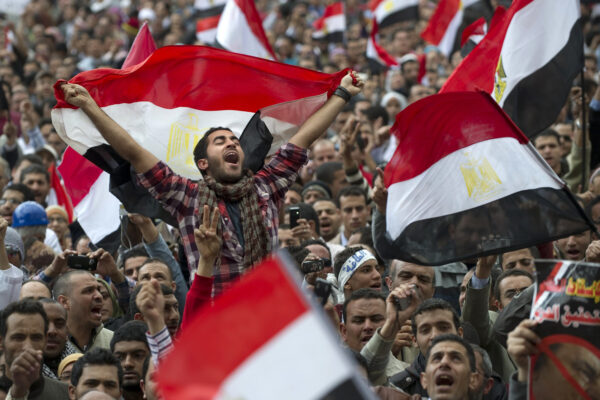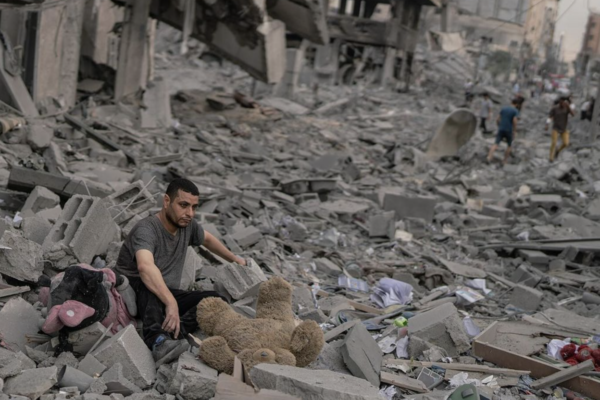Extremism is defined as activities (beliefs, attitudes, feelings, actions, strategies) of a character far removed from the ordinary.
Extremism is defined as activities (beliefs, attitudes, feelings, actions, strategies) of a character far removed from the ordinary.
This is the first of a two-part series on finding cures for the ideologies behind religious and political extremism.
Poverty, illiteracy, corruption and a declining economy are problems which have plagued and shunned my country, Pakistan. However, this was not always the case, as Pakistan in its initial years had quickly grown into the economic hub of Asia. Industries were booming, people were happy, and life was ideal. Prominent personalities such as Queen Elizabeth, Jacqueline Kennedy, Che Guevara and Muhammad Ali visited Pakistan due to its incredible people and natural beauty. Progressive Westernization was in full swing and tourism at its peak; everything seemed to be just right.However, in the 1970s, Prime Minister Zulfiqar Ali Bhutto introduced drastic changes, nationalizing all the private industries, over a short period. These changes, which were meant to be beneficial, became the cause of the downfall of the economy of Pakistan. All the wealthy families and investors found themselves to be at a huge loss as their life’s work was snatched from them at a moment’s notice. Accused of murder, and responsible for the loss of wealth of his people, Prime Minister Bhutto became widely unpopular. He was soon after overthrown by then Chief of Army Staff, General Zia Ul Haq, who gave Prime Minister Bhutto a death sentence. Simultaneously, General Zia Ul Haq overthrew Pakistan’s democratic government and issued martial law the fourth time in its brief thirty years old history.
However, in the 1970s, Prime Minister Zulfiqar Ali Bhutto introduced drastic changes, nationalizing all the private industries, over a short period. These changes, which were meant to be beneficial, became the cause of the downfall of the economy of Pakistan. All the wealthy families and investors found themselves to be at a huge loss as their life’s work was snatched from them at a moment’s notice. Accused of murder, and responsible for the loss of wealth of his people, Prime Minister Bhutto became widely unpopular. He was soon after overthrown by then Chief of Army Staff, General Zia Ul Haq, who gave Prime Minister Bhutto a death sentence. Simultaneously, General Zia Ul Haq overthrew Pakistan’s democratic government and issued martial law the fourth time in its brief thirty years old history.

Coincidently, during this period, the Soviet Union had decided to invade Afghanistan, indirectly threatening the security of Pakistan. The United States was intimidated by the growing strength of the Soviet Union in the region and offered Pakistan help through financial aid which General Zia Ul Haq happily accepted. Unfortunately, General Zia did not use these funds wisely, instead, he financed the illiterate people of northwestern Pakistan, which borders Afghanistan, and trained them for war. The tactic proved to be a success as not much later; the Soviet Union pulled out of Afghanistan declaring the invasion to be a loss.
However, what was not anticipated by General Zia Ul Haq was the postwar dilemma. Thousands of war-trained, illiterate people came back from the war, only to find themselves out of a job. They did what they were trained to do best, fight. To add to the injury, during the war, General Zia Ul Haq had started to propagate extreme views into the society, views not far from those of the Taliban today. He demonized people who did not agree with his version of religion; whipping, amputations, and stoning became the legal punishment for newly imposed federal offences such as fornication and blasphemy. This combination of state-sponsored extremist religious views and jobless people who were trained to fight resulted in the worst possible outcome, extremist militancy.
After the death of General Zia, it was not hard for the army of Pakistan to wage war against the militants, as a result, this drove them to near extinction. However, it was and has been impossible for the army to drive out the ideas of extremism in their own people which served and are still serving as the primary recruiting tool for the militants. The problem is not the militancy, but rather the extremist views they hold which fuels the militancy. Extremism in all its forms, whether religious or political, is destructive. Religious extremism causes more harm to the religion itself instead of helping it, whereas political extremism shakes the foundation of unity within the country instead of strengthening it. Therefore, each needs to be dealt with and prevented by the generations to come through several approaches.
How do we define extremism and what role does the media play in this definition?
The International Centre for Cooperation & Conflict Resolution of Columbia University defines extremism stating, “Extremism is a complex phenomenon, although its complexity is often hard to see. Most simply, it can be defined as activities (beliefs, attitudes, feelings, actions, strategies) of a character far removed from the ordinary.”
Rabbi Alan Lurie further elaborates, pointing out three main features of an extremist:
- The first characteristic of an extremist is to be someone who believes the certainty of his position to be absolute and genuine, vigilantly defending it from criticism. In the most severe cases, the extremist will even silence or murder those who may not share his views.
- The second characteristic he indicates that of an extremist is that he shall demean and criticize those who disagree with him, often with the usage of foul language.
- The third characteristic, which may not necessarily apply to all aspects of extremist views but most certainly does to some and is worth pointing out, is the desire for a “Holy War.” He further explains that this is not limited to just religion, but can be found in atheist forms as well, such as Nazi propaganda or the Soviet Union’s war against religion.
The media has been a critical element in portraying extremism which exists today. However, its portrayal of extremism has been biased and limited to just violence and terrorism. The lack of coverage on political extremism is appalling, especially considering the recent rise of fascism around the world. Fascism like that of Nazi Germany is again on the rise in Europe: leaders like Norbert Hofer of Austria, Marine Le Penn of France, Geert Wilders of Netherlands and Nigel Farage of United Kingdom have come out openly with racist and nationalist statements. They threaten the security of foreign immigrants and the unity between their own countries which have lasted for a little over 70 years.
The media must highlight and criticize these individuals and expose them for what they are just as the media does with religious terrorism. Terrorist groups have faced an expensive backlash ever since media has started to publicize their actions and their hollow beliefs. Their public support in vulnerable countries has drastically decreased and people have begun to despise them. A study conducted in 2009 before the assassination of Osama bin Laden by Juliana Menasce Horowitz, a Research Associate for the Pew Global Attitudes Project, concluded the following:
“The drop-in Laden has been most dramatic in Indonesia, Pakistan, and Jordan. Currently, about one-quarter of Muslims in Jordan (28%) and Indonesia (25%) express confidence in the al Qaeda leader to do the right thing regarding world affairs; in 2003, majorities in each country agreed (56% and 59%, respectively). In Pakistan, where bin Laden is believed to be hiding, 18% of Muslims now say they have confidence in him. Just last year, 34% of Pakistani Muslims expressed support for bin Laden and, in 2003, nearly half (46%) agreed. Pakistani Muslims’ views of al Qaeda have also grown less favourable over the past year; 9% have a favorable view of the group, compared with 25% in 2008.”

The decrease in support can be correlated with the freedom of press in Pakistan, as reported by the Freedom House organisation, “….additional press laws associated with the November 2007 imposition of martial law were eased in 2008, however, journalists continued to encounter official attempts to restrict critical reporting as well as high levels of violence.” The struggle for the freedom of press improved further in 2009, which resulted in further decreased support of terrorist organizations. A similar effect could possibly be seen if the media starts to evaluate extremist political figures exposing them for their catastrophic views.
Nevertheless, we cannot blame the media entirely as political extremism is hard to identify as it changes with time. For example, Mahatma Gandhi, a devout Hindu and humanitarian, was also considered an extremist in his time. An extremist in his stance on religion and its role in politics. His position as stated in his own words was, “Those who say religion has nothing to do with politics do not know what religion is.” His strong statement was popularly regarded as being far from the ordinary and therefore extreme. Even considering his actions, Gandhi has been alleged to be extreme in his era.
In her book Extremism, Laurie Willis calls out Gandhi’s actions stating, “Gandhi took action by organizing a movement of non-violent resistance against political forces with which he disagreed. His actions could be considered extremist in the sense that they were far from the mainstream standards of behaviour of his time.” His actions if carried out now would not be seen as extreme, as nonviolent resistance has become a common practice for protesters throughout the world.
In present times, the media partially highlights the political extremism which exists today classifying it as the right and left wings of political parties. The mainstream media however barely touches on the grim reality of the growing extremism within these wings. Reviewing more than a decade’s worth of survey data, Gallup’s Frank Newport says that “Democratic candidates for the 2016 presidential nomination face a significantly more left-leaning party base than their predecessors did over the last 15 years.” Gallup’s annual Values and Beliefs poll shows that forty-seven percent of Democrats today say they are socially liberal and moderate to liberal on economic issues. That’s up from thirty percent who said so in 2001. Just eighteen percent of Democrats now say they are social and economic moderates. A separate Gallup report, meanwhile, finds that while Democrats have become far more liberal on social issues going from thirty-five percent liberal in 2001 to fifty-three percent liberal today.
by Syed Areeb Abbas Rizvi
In the next part of this series, you can read about right wing politics, political extremism and how it promotes religious extremism, the role of religion in minimising violence and managing it all with resistance.





